Results from 131 facilities across North America
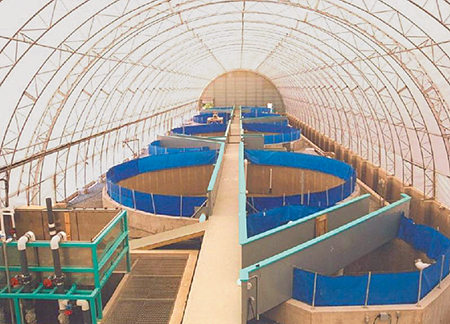
Recirculating aquaculture technology and management systems have developed dramatically over the past 20 years. Recirculating aquaculture systems (RAS) have moved beyond research and development, and now provide a growing share of commercial production. A recent survey developed and administered by the authors gathered information about facilities using RAS technology to produce finfish in the United States and Canada. The findings characterized the status of this dynamic sector.
Survey
The survey narrowly defined RAS as fish production systems employing a biofilter in order to focus on facilities producing, rather than holding finfish. Using information from government officials, executives of aquaculture associations, feed company representatives, and aquaculture researchers, a comprehensive list of currently operating RAS facilities was compiled.
A draft survey was pretested with six managers of finfish production facilities. The revised questionnaire was mailed to 162 facilities in fall 2001. Two follow-up mailings were made, and an incentive was offered for returning the questionnaire. Response rate to the survey was over 80 percent. The results incorporated data from 93 RAS facilities in the United States and 38 in Canada.
Production characteristics
According to the survey, most RAS operations (58 percent) produced less than 50,000 lbs (~22,676 kg) of fish per year. Farms producing 50,000-250,000 lbs (~22,676-113,379 kg) annually constituted 25 pecent of the sector. The remaining 17 percent individually produced over 250,000 pounds per year.
Five very large operations produced over 1 million lbs (~453,515 kg) per year. Two produced Oreochromis sp. tilapia, and one each produced Atlantic salmon (Salmo salar), chinook salmon (Oncorhynchus tschawytscha), and hybrid striped bass (Morone sp.).
RAS use is not restricted to new facilities. The farms represented in the survey had been in operation for a mean of 11 years.
Eighty-five percent of the RAS were freshwater systems. Primary water sources were well water (48 percent of the respondents), dechlorinated municipal water (24 percent), spring water (8 percent), pumped seawater (6 percent), surface water (5 percent), artificial seawater (5 percent), and other sources (4 percent). Surface water was used by 14 percent of the respondents as a back-up water source. Surprisingly, over 40 percent of the facilities had no secondary source of water.
The main purposes given for RAS operations were business (62 percent), research (29 percent), education (8 percent), and demonstration (2 percent). The most common products for business-oriented RAS operations were food fish (59 percent), fingerlings (46 percent), and eggs (21 percent). The fish most frequently grown in RASes were tilapia (15 percent), Atlantic salmon (13 percent), ornamental fish (9 percent), and hybrid striped bass (8 percent). The remaining production included 36 other species, ranging from food and sport fish to endangered species.
Personnel characteristics
Twenty-six percent of RAS facility managers had a bachelor’s degree and 48 percent a graduate degree. The majority of managers had 15-25 years of work experience in aquaculture. The majority of managers were middle-aged, with a mean age of 43 years. Most RAS facilities had a small staff – 70 percent had 1-8 full-time employees, while 66 percent had 1- 5 part-time staff members.
Industry trends
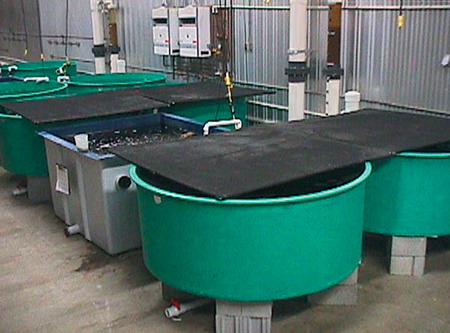
Recirculating aquaculture systems represent an emerging sector of aquaculture. The survey results showed great diversity in the RAS sector in terms of fish species and life stages grown, farm size, and water sources used, and indicated key trends.
Many firms have entered and left the RAS sector. Many of the successful firms have changed the species they produce. Many of the commodity species most easily cultured, such as tilapia and rainbow trout, can be produced more cheaply in pond or raceway systems, so RASes have not generally proven profitable for these species.
Some successful firms have targeted local, regional, or high-value markets – such as live sale of tilapia, thereby making production of the commodity species profitable. Other firms have moved to higher-value products, such as Arctic char, yellow perch, or hybrid striped bass.
Some firms have targeted a segment of an existing industry – producing Atlantic salmon smolts, for example – that otherwise uses more traditional systems. Especially in this group, many successful operations phased into RAS use, adopting it for larger portions of their production over a long period of time. Because the sector is quite heterogeneous, when a RAS firm fails, it should be regarded as an individual failure and not representative of the entire sector’s potential.
Challenges remain
Recirculating aquaculture systems are expected to increase in importance as technologies become better established and large supplies of high-quality water become more limited. However, the composite nature of the sector is such that no one approach will prove universally appropriate for supporting its development.
Research institutions, outreach specialists, government agencies, and lending institutions must have a reliable understanding of the sector to respond effectively to the problems and issues it faces. Educational and extension materials and workshops will have to target those problems and provide information at a sophisticated level for it to prove useful to well-educated and experienced aquaculturists.
(Editor’s Note: This article was originally published in the June 2003 print edition of the Global Aquaculture Advocate.)
Now that you've reached the end of the article ...
… please consider supporting GSA’s mission to advance responsible seafood practices through education, advocacy and third-party assurances. The Advocate aims to document the evolution of responsible seafood practices and share the expansive knowledge of our vast network of contributors.
By becoming a Global Seafood Alliance member, you’re ensuring that all of the pre-competitive work we do through member benefits, resources and events can continue. Individual membership costs just $50 a year.
Not a GSA member? Join us.
Authors
-
Julie Delabbio, Ph.D.
Aquaculture Department
Bluefield State College
Bluefield, West Virginia 24701 USA
[117,100,101,46,116,118,64,105,98,98,97,108,101,100,106]
-
Eric Hallerman, Ph.D.
Department of Fisheries and Wildlife Sciences
Virginia Polytechnic Institute and State University
Blacksburg, Virginia, USA -
Brian Murphy, Ph.D.
Department of Fisheries and Wildlife Sciences
Virginia Polytechnic Institute and State University
Blacksburg, Virginia, USA -
Gerald Johnson, DVM
Department of Pathology and Microbiology
Atlantic Veterinary College
University of Prince Edward Island
Charlottetown, Canada
Tagged With
Related Posts
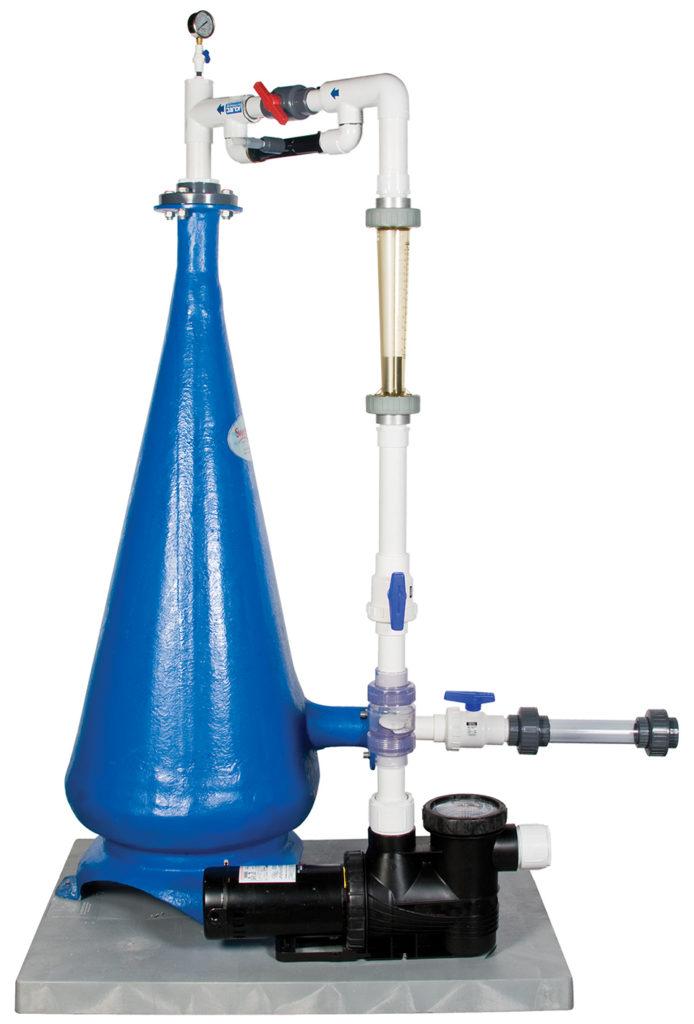
Responsibility
A look at unit processes in RAS systems
The ability to maintain adequate oxygen levels can be a limiting factor in carrying capacities for RAS. The amount of oxygen required is largely dictated by the feed rate and length of time waste solids remain within the systems.
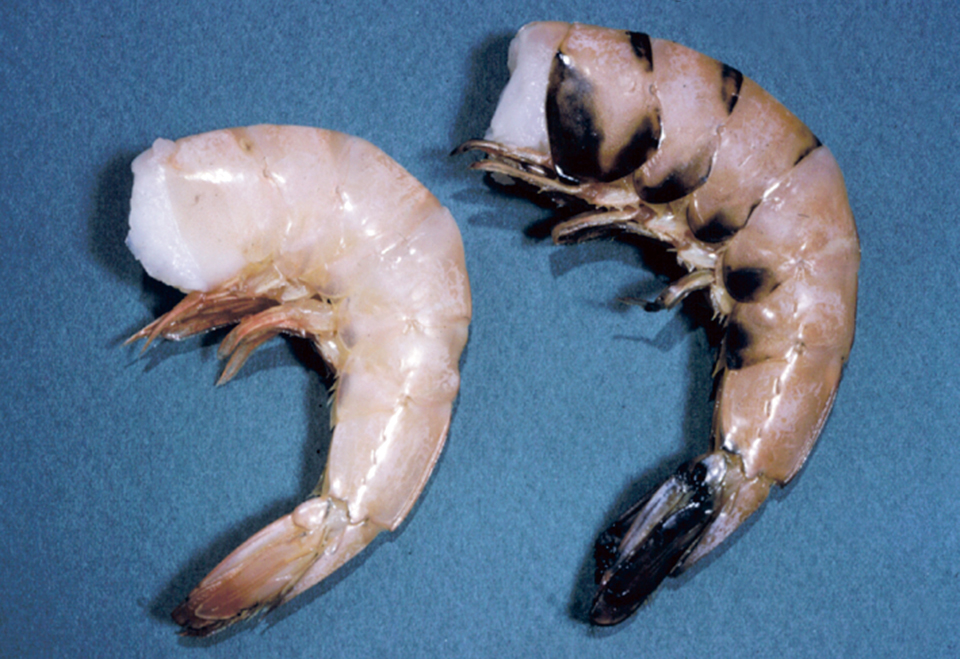
Intelligence
4-hexylresorcinol: sulfite-free control for melanosis in crustaceans
4-hexylresorcinol in a nonsulfite processing treatment against melanosis in crustaceans inhibits natural enzymes for shell hardening.
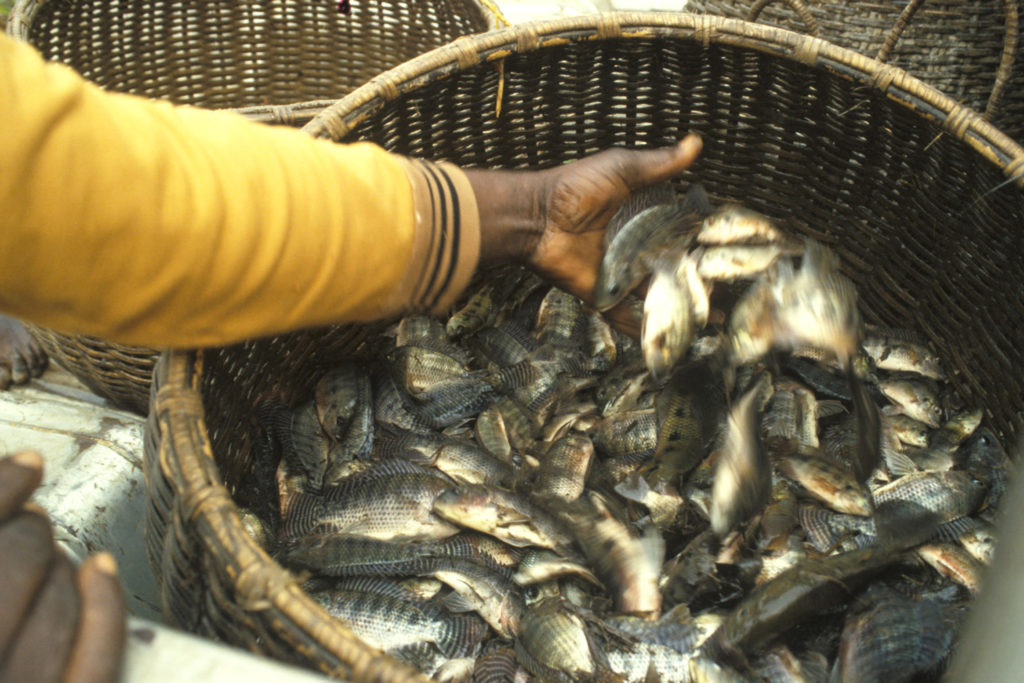
Responsibility
A helping hand to lend: UK aquaculture seeks to broaden its horizons
Aquaculture is an essential contributor to the world food security challenge, and every stakeholder has a role to play in the sector’s evolution, delegates were told at the recent Aquaculture’s Global Outlook: Embracing Internationality seminar in Edinburgh, Scotland.
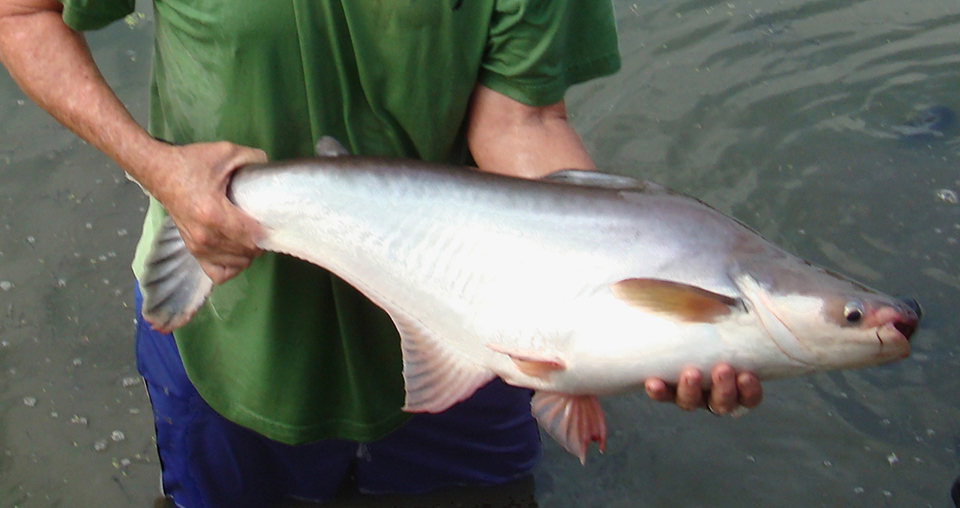
Health & Welfare
Advances in fish hatchery management
Advances in fish hatchery management – particularly in the areas of brood management and induced spawning – have helped establish aquaculture for multiple species.


